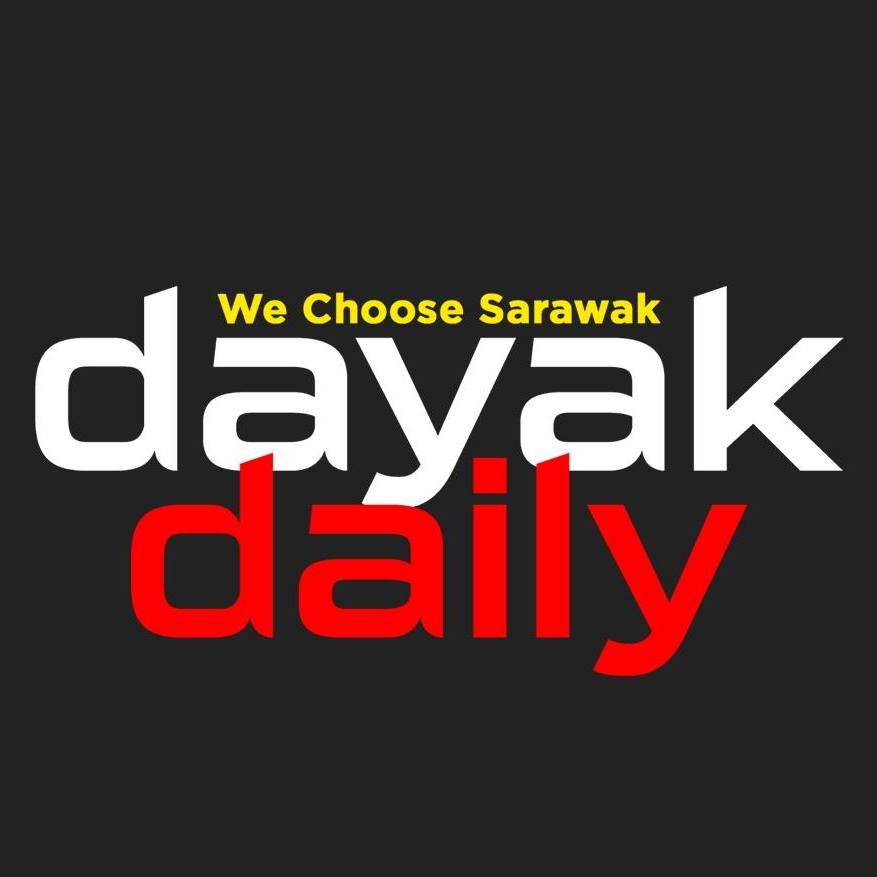
By DayakDaily Team
KUCHING, March 19: Approximately 300 kilometres (km) of old pipes in the Sarikei Division will be replaced through the rural Sarawak Pipe Replacement Programme, Sarawak Rural Water Supply Department (JBALB) says.
According to a news report by TVS, JBALB director Awg Mohammad Fadillah Awg Redzuan, said that this project is part of a RM1.1 billion initiative to replace 307 pipes across the State, which is currently underway or would be carried out.
“As of now, the largest section is Sarikei. Most of the pipes are asbestos cement (AC) pipes in this area which are old with some being over 50 years old and need to be replaced to improve the efficiency of the water supply
“The Sarikei division is given higher priority, for now,” he said during a media engagement session after officiating the Sarawak level World Water Day 2025 Celebration at a hotel here yesterday.
“For JBALB, an amount of RM558 million has been approved to implement 420 planned and ongoing projects from last year until 2028, and it is hoped that the implementation of these pipe replacement projects can reduce the non-revenue water (NRW) rate, which is one of the main challenges faced by JBALB in Sarawak,” he was quoted as saying.
He noted that Sarawak recorded an NRW rate of 59 per cent in rural areas.
“The replacement of these old pipes aims to reduce NRW. With the implementation of this project over five years, we expect the rate to be reduced to around 30 per cent.
“On average, the NRW rate in Sarawak is between 43 to 45 per cent. However, the rate in rural areas is higher because many old pipes have not yet been replaced,” he added.
This pipe replacement project is part of the Sarawak Government’s commitment to improving the efficiency of the water supply system, particularly in rural areas, to ensure that the people receive clean and quality water with the target of full coverage by 2030. – DayakDaily








